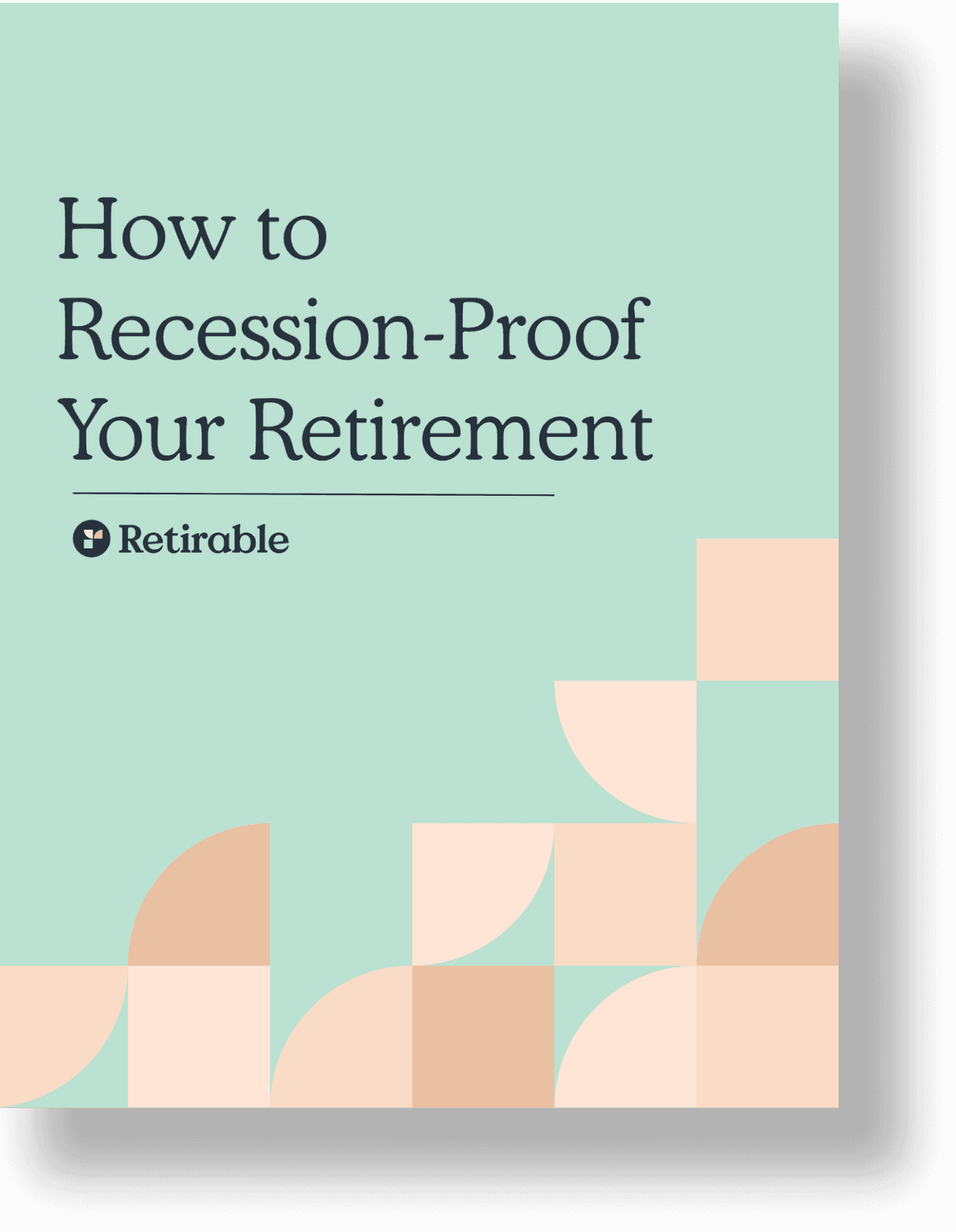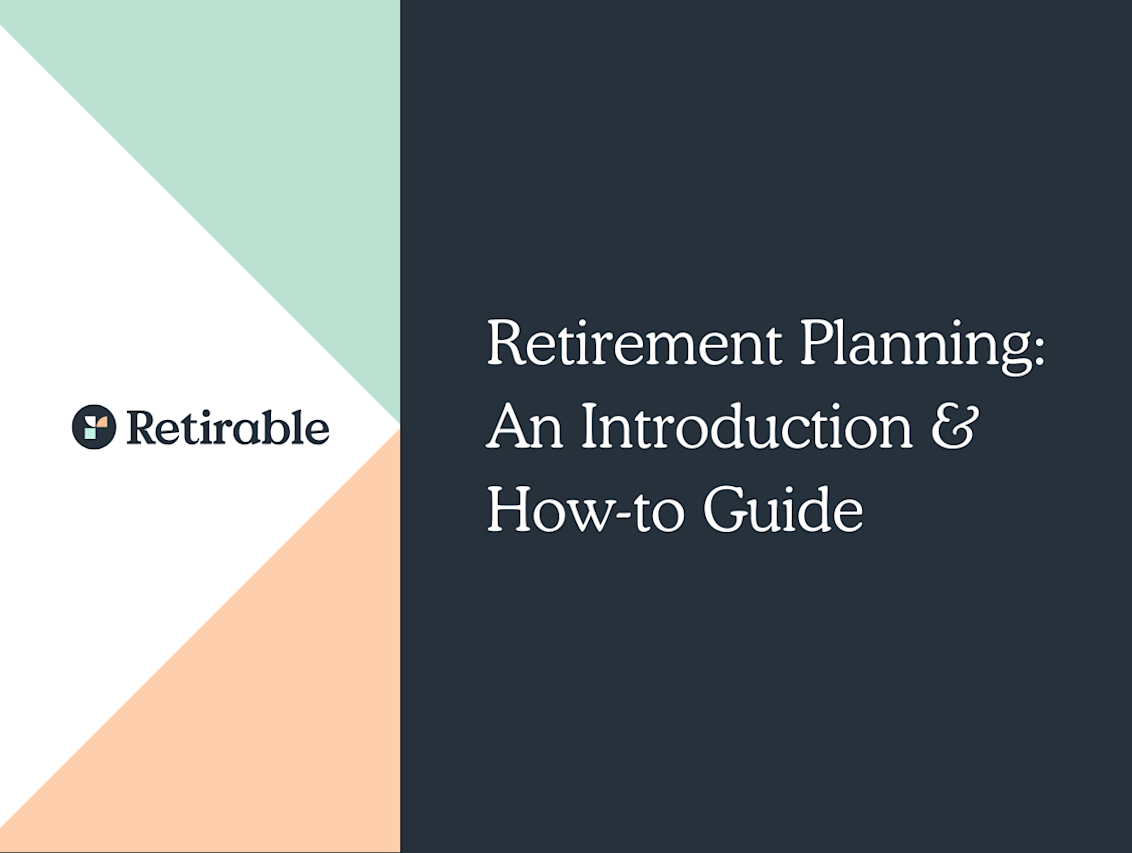Retirement Accounts
For a number of reasons, some people are late to the retirement savings game, but it’s never too late to get started! Even at age 50, you can start saving for retirement and still see some great returns. Over a decade or two, compound interest can make a substantial impact on your savings. However, it's essential to be realistic about your retirement expectations and consider the possibility of postponing your retirement start date. Explore our tips to ensure you're making the most of your efforts to secure a comfortable retirement.

C.E Larusso
•
Published February 23rd, 2024
Table of Contents
Key Takeaways
To begin to smartly save for retirement at 50, you should assess your current financial situation and decide where you can make changes
Take advantage of employer benefits and utilize catch-up contributions while you still can
Compound interest is a a tool that works in your favor when it comes to retirement savings
For a number of reasons, some people are late to the retirement savings game, but it’s never too late to get started! Even at age 50, you can start saving for retirement and still see some great returns. Over a decade or two, compound interest can make a substantial impact on your savings. However, it's essential to be realistic about your retirement expectations and consider the possibility of postponing your retirement start date. Explore our tips to ensure you're making the most of your efforts to secure a comfortable retirement.
Understand Your Current Financial Situation
To begin to smartly save for retirement at 50, you should assess your current financial situation and decide where you can make changes. Start by writing down how much you currently have saved, what your take-home pay is (after tax) and all of your expenses. This is where you can make tough decisions about cutting back on spending each month and making sure that whatever you don’t spend goes to your savings.
Some places you might consider cutting back in your budget:
- Dining out: Eating dinner at a restaurant, once you factor in tax and tip, and be anywhere from $50 to $100; that’s a lot of money that can go towards your savings accounts. Consider cooking at home as much as possible and meal-planning so you can strategize a smart grocery shopping budget.
- Subscriptions: We live in an age of subscriptions, where monthly deliveries of pet toys and payments for streaming services are the norm. Look at everything you pay for on a monthly basis and cancel whatever is not absolutely necessary.
- Insurance: It’s likely that you can shop around for a less expensive home and auto insurance plan, or can bundle the plans to get a discount from the same provider. Consider using a tool like [Marble] (https://www.marblepay.com/) to help consolidate, monitor, and optimize your insurance policies—saving you time and money.
Additionally, you should tackle any outstanding debt you have, starting with the higher-interest accounts first—this is usually credit card debt or personal loans. Paying off your debt will free up more money to be moved into a savings or investment account. One popular method of paying down debt is the snowball method: you pay off your smallest debt first, then use the amount you were paying on that card or loan to make an additional payment on the second smallest debt. This method helps you feel motivated by creating small wins as you work towards being entirely debt-free, and it’s usually easy to manage.
The Strength of Decade-long Investments
Compound interest is a miraculous thing that works in your favor when it comes to retirement savings. Even 10-15 years of compound interest can turn a modest investment into a decent savings, and if you continue to add to that account, the larger amount will continue to compound and grow.
Let’s say you open an account today with $1,000. You commit to saving $100 each month, and the rate of return on the account is 3%. In 10 years, you will have a total balance of $15,323. If you wait 15 years, your balance will be $24,265. From these basic calculations, you can see how important it is to start saving as soon as you can and why it might be worth delaying retirement a few extra years, if your health allows.
Leverage Employer Benefits & Catch-up Contributions
Now that you know how much extra money you have to invest and save each month, you should start by taking advantage of your employer’s 401(k) retirement plan, especially if it has employer contributions. Many companies will offer matching contributions, around 3% or 5%, which can boost your annual savings each year without anything coming out of your own pocket. Make sure to at least contribute the amount that your employer will match, but try to contribute 10-15% per year.
At age 50, you’re now eligible for catch-up contributions. Younger workers can only contribute $22,500 to their 401(k)s and $6,500 to their IRAs in 2023, but after age 50 you’re allowed to contribute up to $30,000 to a 401(k) and $7,500 to an IRA. If you have the financial means, you should maximize your contributions each year.
Navigating IRAs: Traditional vs. Roth
There are two types of IRAs out there: traditional and Roth. Traditional IRAs offer an immediate tax deduction for the money you contribute to your account, but Roth IRAs do not, instead allowing your withdrawals to be tax-free. Traditional IRA withdrawals are taxed as ordinary income. Having a Roth IRA is useful if you expect that you will enter a higher tax bracket in retirement, as your withdrawals from that account will be tax-free.
In addition, you can withdraw your contributions (not earnings) from your Roth IRA at any time without incurring taxes or penalties. Traditional IRAs are subject to income tax as well as a 10% penalty if you’re under 59 ½. This is helpful if you need to save for and pay off specific large expenses (such as a child’s college education).
Roth IRAs are also not subject to required minimum distributions (RMDs), meaning that you can let the money in your Roth IRA compound beyond age 73 or 75, whichever your RMD age is. If you are in good health and just starting to save, it could be worthwhile to open a Roth IRA and let it compound for as long as you are able. You can also consider rolling over an existing traditional IRA into a Roth IRA; just know that you’ll need to pay income tax on the rollover amount.
How much do you need to save?
We offer a retirement calculator where you can input your current savings, your goal retirement year, and your current age to get a snapshot of how much you might need to save.Exploring Alternative Investment Avenues
Think beyond stocks and fixed income sources, like Social Security. There are many other investment avenues to consider when planning for retirement, such as:
- Real estate: REITs are an easy way to get into the real estate game. REIT stands for “real estate investment trusts” and is a way for you to invest in commercial properties without buying and managing the properties—recent returns on REITs have been between 6% and 11%.
- Bonds: When you invest in a bond, you lend money to an issuer (usually a government body) in exchange for interest payments and the return of the principal amount at maturity. Bonds are considered low-risk investments, and a solid asset to have in a diversified portfolio.
- Annuities: Fixed annuities guarantee a fixed interest rate for a specific period of time and can help you lock in a high interest rate now with excellent returns when you’re ready to cash in.
- Mutual funds: Mutual funds, given that they are managed by a fund manager, are another lower-risk vehicle to help you diversify your investments and hedge inflation. They also offer the flexibility to automate withdrawal amounts each month.
To understand which investment options are the best for your age and risk-tolerance, speak to a Certified Financial Planner (CFP) who can walk you through the options and come up with a personalized plan.
Managing and Eliminating High-Interest Debt
As noted before, debt can hinder your ability to save for retirement. It’s important to simultaneously start saving as much as you can for retirement while also paying down your debt. There are many strategies for debt repayment, including:
Snowball method
Pay off the smallest balance first, then apply the payment you would have made to that credit card to the second-smallest balance until all your cards are paid in full
Avalanche method
Using this method, you’d pay off the credit card or loan with the highest interest first, then work your way down the list of loans from highest interest to lowest
Consolidation loans
Some banks offer personal or consolidation loans to pay off your high-interest debt. These loans, of course, come with interest, but the interest is usually lower than that of credit cards and you can have a fixed timeframe for payoff, usually two to five years. The key with consolidation loans, of course, is to not use your credit card after you have taken one out and take off your higher interest debt.
Reevaluating Living Expenses & Lifestyle Choices
There are many ways in which you can downsize your life, which can help you both save more money for retirement and help you plan for a more minimal living style during retirement. It’s essential that you strike the right balance that keeps you happy while also saving for the future: it’s unlikely you can cut out dining out and travel, entirely, for instance, but you might look for ways to cut back so that you can save more for your retirement years.
Transportation
If you have more than one car, you might sell the one you use infrequently and try to commute using public transportation more to save money on gas, insurance, and maintenance costs.
Housing
Consider if it is time to sell your larger home and downsize to a small condo. In addition or alternatively, do your best to pay off your mortgage entirely before retirement so that won’t be a cost you need to factor into your budget.
Home help
If you hire people to clean your home or help with cooking, it might be time to start doing this work yourself to save some extra cash.
Unnecessary spending
There are lots of places where we spend money we don’t have to spend—getting coffee out instead of making it at home, eating lunch out instead of packing it to work, buying new clothes, etc.
Final Thoughts
Ultimately, talking to a certified financial advisor is the best way to make sure you get on a path to success as you begin to save for retirement. Getting professional help will give you a personalized set of recommendations to help you invest smartly, reduce debt, and save for the most comfortable retirement possible.
Remember that it’s never too late to get started. Saving $100 today can generate much more after compounded interest, and it’s one small step towards your retirement goals.
Share this advice

A professional content writer, C.E. Larusso has written about all things home, finance, family, and wellness for a variety of publications, including Angi, HomeLight, Noodle, and Mimi. She is based in Los Angeles.
Share this advice

A professional content writer, C.E. Larusso has written about all things home, finance, family, and wellness for a variety of publications, including Angi, HomeLight, Noodle, and Mimi. She is based in Los Angeles.
Free Retirement Consultation
Still have questions about how to properly plan for retirement? Speak with a licensed fiduciary for free.






